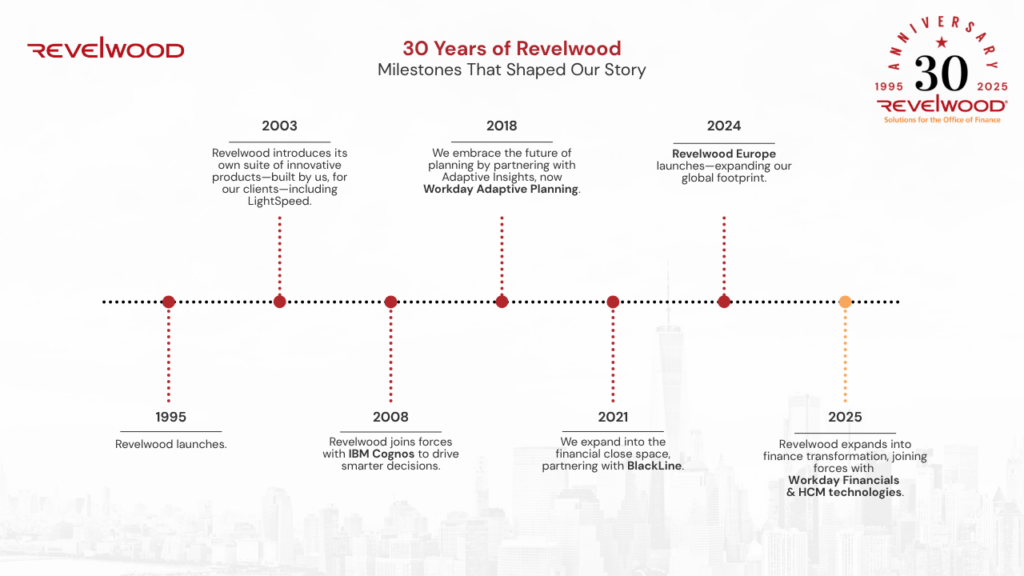In today’s fast-paced business environment, timely access to critical financial and operational data is essential. Workday Adaptive Planning offers a powerful feature—Scheduled Report Notifications with Attachments—that ensures key stakeholders receive the right information at the right time, without the need for manual intervention.
What Are Workday Adaptive Scheduled Report Notifications?
Scheduled Report Notifications in Workday Adaptive Planning allow users to automate the distribution of reports at predefined intervals. These reports can be sent via email with attachments, ensuring that decision-makers always have up-to-date insights without logging into the system manually.
Setting Up Scheduled Report Notifications with Attachments
- 1. First you must enable attachments with scheduled notifications by navigating to Administration in the Global Navigation and then General Setup. Under the Enable features list there will be an option to select “Enable attachments with scheduled notifications.” You will need to have administrative access to change this setting.
- 2. Next you need to make sure that proper permissions are granted in order to manage and access scheduled notifications with attachments. To do this navigate to Administration, then Permission Sets. Select edit on the permission set group that should have access to create scheduled notifications. Users must have the following permissions selected to be able to perform this task: Create Report Schedules, Send Attachments in Notifications, (Optional) Manage all Report Schedules, Download to ExcelBoth schedulers and recipients need this permission.
- 3. Now that the correct access has been set up to allow users to schedule notifications with attachments, let’s navigate to Reports under the Global Navigation menu to set one up. From here select a report that you’d like to send out as a scheduled attachment through email. (This must be a shared report).
- 4. Select the three dots on the right next to the report and select “Create Schedule.”
- 5. From here you can edit the schedule name and cadence of when it will be sent out
- 6. You can select a specific action you want the schedule to perform. From the options select “Send Report as Attachment.”
- 7. From here you will be prompted with a second set of options to select who to send the notification to, personalize the message, and set a password for the Excel attachment that will be sent.
- 8. After you have filled in all the required fields for the schedule select save. To see your saved schedules click on the schedules option under the reports and you will see a list of all saved schedules. From here you can edit or pause any saved schedules.
- 9. Now that your schedule is saved and active your selected correspondents will receive an email notification with an Excel attachment of the report. It is secured by the password you chose.
Workday Adaptive Planning’s Scheduled Report Notifications with Attachments streamline reporting workflows and enhance data-driven decision-making. By automating report distribution, organizations can ensure stakeholders receive actionable insights effortlessly, improving efficiency and strategic planning.
Revelwood is an award-winning, Platinum Solution Provider for Workday Adaptive Planning. We build solutions for the Office of Finance that minimize your risk by seamlessly incorporating business analytics into your everyday thinking. By combining the software with our best practices and out-of-the-box applications, we help businesses achieve their full potential with Workday Adaptive Planning.
Read more Workday Adaptive Planning Tips & Tricks:
Version Specific Transactions Drillthroughs
Spread Lookups
Forecast Explanations in Predictive Forecaster









